The knee is a key and complex joint essential for movement. It:
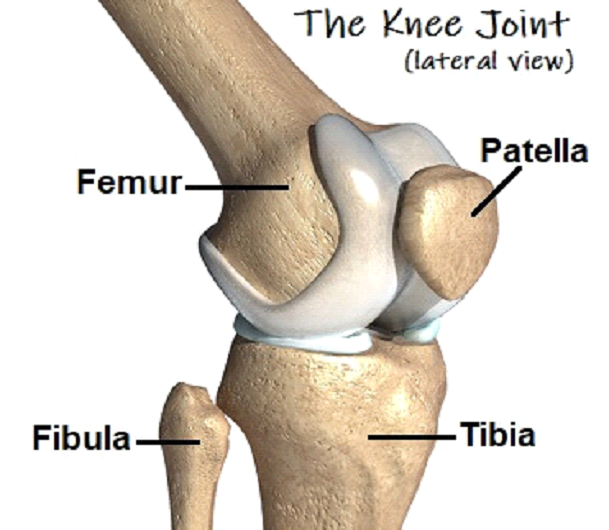
1. Knee Osteoarthritis
Wear-and-tear of cartilage with age; most common in older adults
2. Ligament Injuries
Damage to ACL, PCL, MCL, or LCL; often from twisting, falls, or sports-related injuries
3. Meniscal Injuries
Tears in shock-absorbing cartilage, often due to lifting, twisting, or squatting movements
4. Inflammatory Arthritis
Conditions like rheumatoid arthritis or psoriatic arthritis; immune-mediated, causing joint swelling, stiffness (especially in the morning), and long-term damage
5. Other Causes
Infections, gout, referred pain, patellofemoral syndrome, or bursitis.
Your doctor will:
This helps determine whether pain stems from wear-and-tear (OA), injury, or inflammation. Since osteoarthritis is the most common cause, it’s the main focus here.
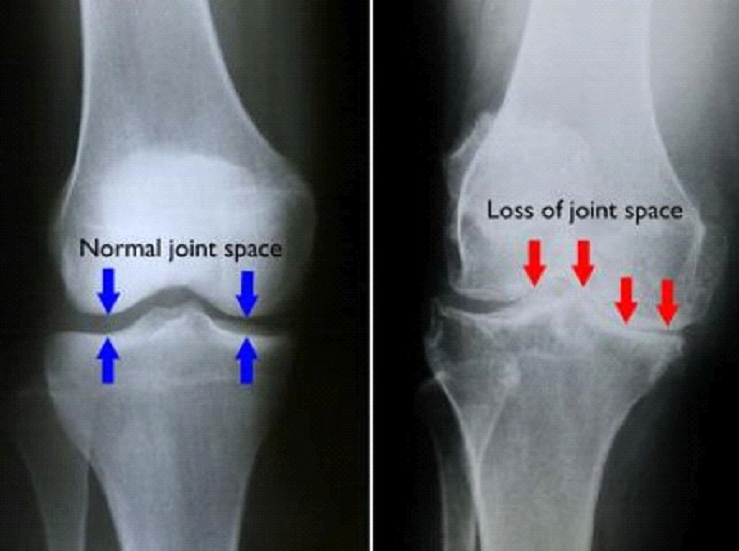
(Left) In this X-ray of a normal knee, the space between the bones indicates healthy cartilage (arrows). (Right) This X-ray of an arthritic knee shows severe loss of joint space.
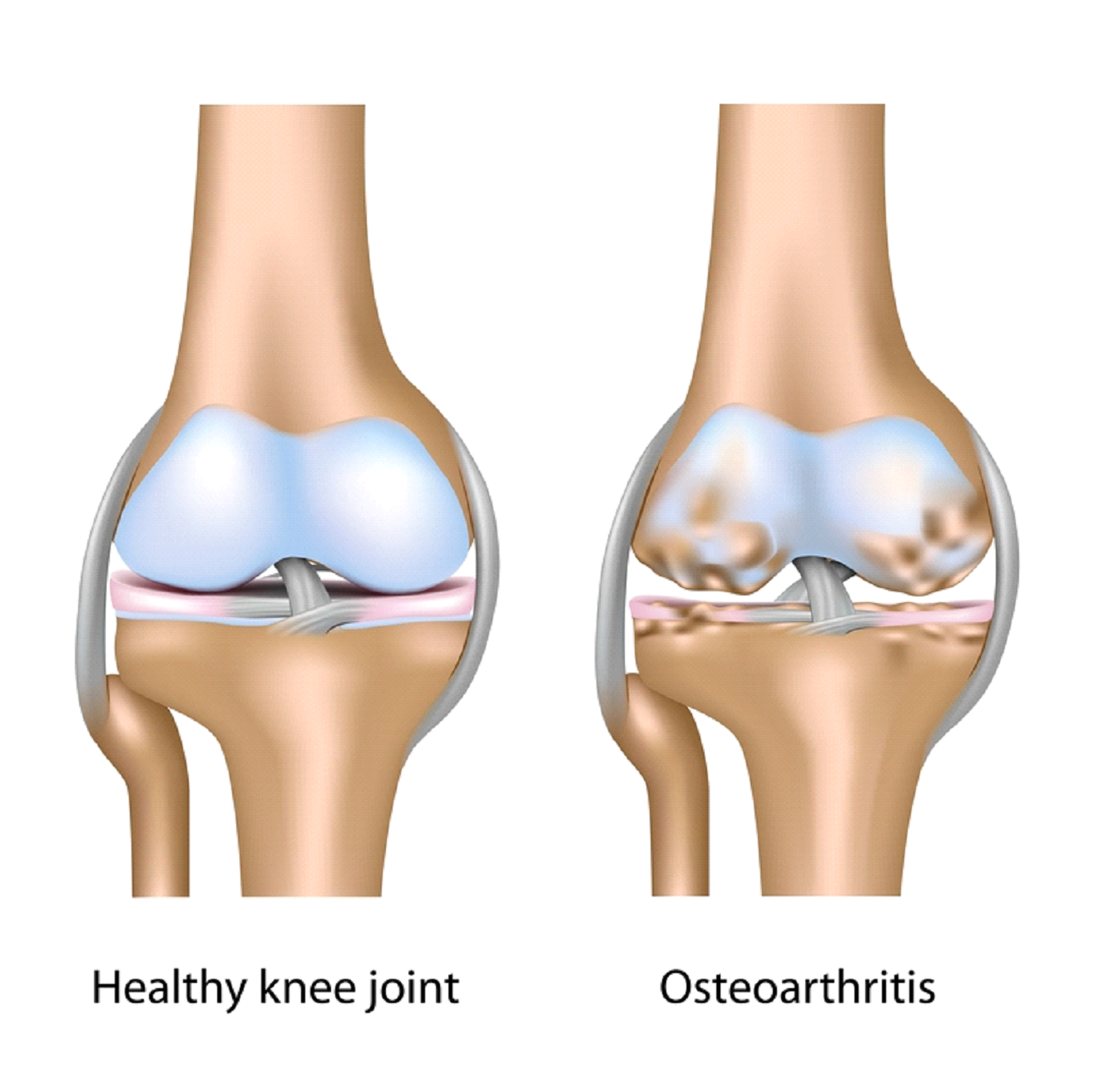
What is Knee OA
Goals of Treatment
Tablets:
Injections:
Supplements:
Review: Regular clinical reviews are essential to assess for progression and ensure patient is following proper treatment plan.
If knee pain is due to rheumatoid or psoriatic arthritis:
Surgery may be considered if Pain severely limits daily activities Inability to get out of bed, go to the washroom.
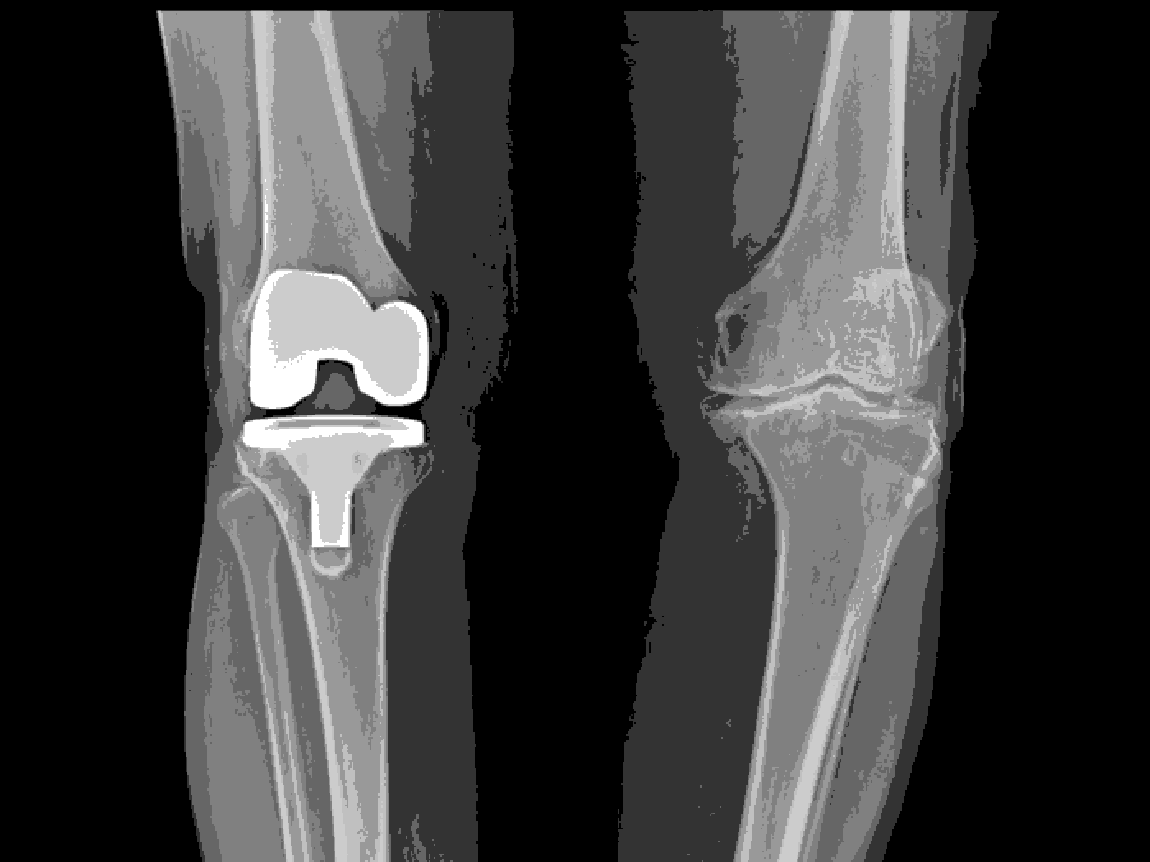
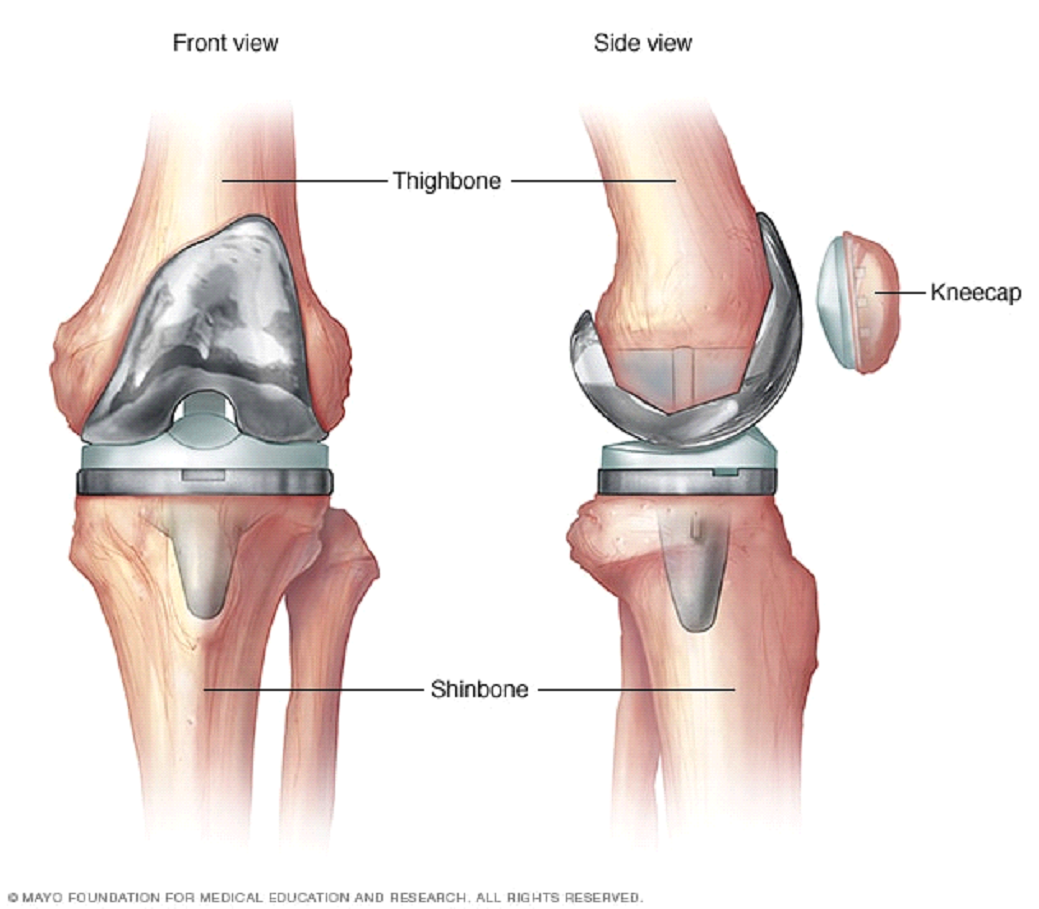
Considered only for severe cases after optimal non-surgical care;Arthroscopy is not recommended for uncomplicated OA
⚠️ All surgeries carry risk. Delay until absolutely necessary.

Contact us
© 2025 rheumatology
Design by PrideCC